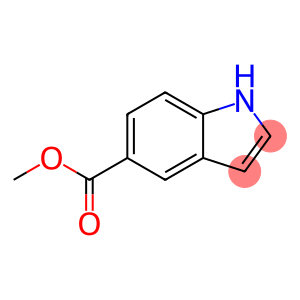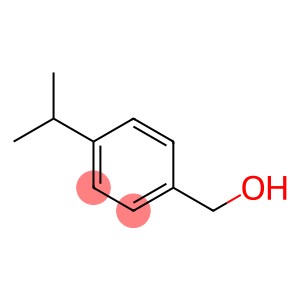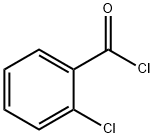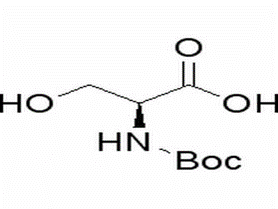5-Indolecarboxylic acid methyl ester(CAS#1011-65-0)
| Hazard Symbols | Xi – Irritant |
| Risk Codes | 36/37/38 – Irritating to eyes, respiratory system and skin. |
| Safety Description | S26 – In case of contact with eyes, rinse immediately with plenty of water and seek medical advice. S36 – Wear suitable protective clothing. |
| WGK Germany | 3 |
| HS Code | 29339900 |
| Hazard Class | IRRITANT |
Introduction
Indole -5-carboxylic acid methyl ester is an organic compound with the chemical formula C10H9NO2. It is a colorless liquid with low water solubility.
Indole -5-carboxylic acid methyl ester is mainly used as an important intermediate in organic synthesis reactions. It can participate in a series of reactions, such as transesterification, acylation, addition reaction, etc. Indole -5-carboxylic acid methyl ester has a wide range of uses in the field of medicine, commonly used in the synthesis of drugs and other organic compounds.
The preparation of indole -5-carboxylic acid methyl ester can be obtained by reacting indole -5-carboxylic acid with methanol in the presence of an acid catalyst. The reaction conditions can be adjusted to improve yield and selectivity.
Regarding safety information, indole -5-carboxylic acid methyl ester is a flammable liquid and contact with ignition sources should be avoided. During operation and storage, care should be taken to avoid electrostatic sparks. For human exposure, it may cause irritation and damage to the eyes, skin and respiratory tract. Therefore, appropriate protective equipment such as gloves, goggles and respirators should be worn during use. Operation should be placed in a well-ventilated place, and avoid inhalation of steam or mist.






![tert-butyl[(1-methoxyethenyl)oxy]dimethylsilane (CAS# 77086-38-5)](https://www.xinchem.com/uploads/tertbutyl1methoxyethenyloxydimethylsilane.png)

